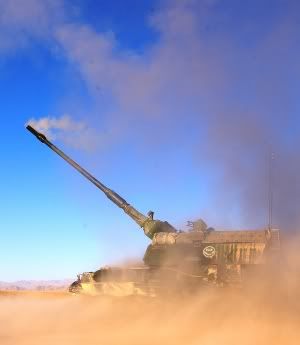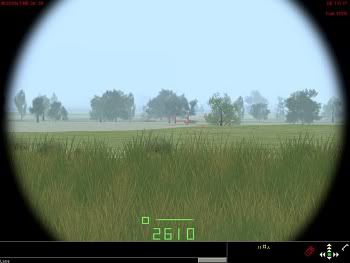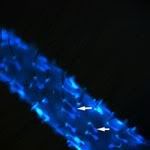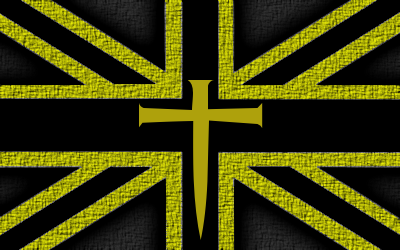
From : Alice Williams. Governmental entity representative. VWK AG.
Subject : Inquiry.
This letter has reached your desk for your inquiry has been received, and noted. The AY1 'Serenity' was conceptualised in conjunction with that of its associated electronics and fire control system. The VMK Bureau of Development and Research has therefore produced a main battle tank by which its utmost potential was realised through its utilisation of the Anago-Yohannesian AYTRACK AFCA and AYHK9 ADS. The AYX1 NBC protection system was designed to operate in tandem with the said electronics and battle protection systems.
Therefore altering any of the aforementioned specification would not be recommendable, even more so to manufacture an alternate system in regard to the electronics of the AY1 'Serenity'. While we recognise that such an initiative would be regarded as a full right reserved for your represented entity, however we recommend that perhaps, a presentation be made to us in regard of these 'uprated weapon systems'. As an additional note that any electronics, sensory, and systems originated from within the AY1 would be regarded as a restricted systems, and not to be altered, modified, and/or sold to any third party entities, lest any unwanted retroactive actions to be taken due to the seriousness of such an initiative.
We are nevertheless, still interested in this uprated battle system, and we would therefore request a presentation by your represented entity in regard to this would be proposed modification.
We thank you for your inquiry, and we await your reply, honoured sir and/or madam.
Cordially

Governmental entity representative
















